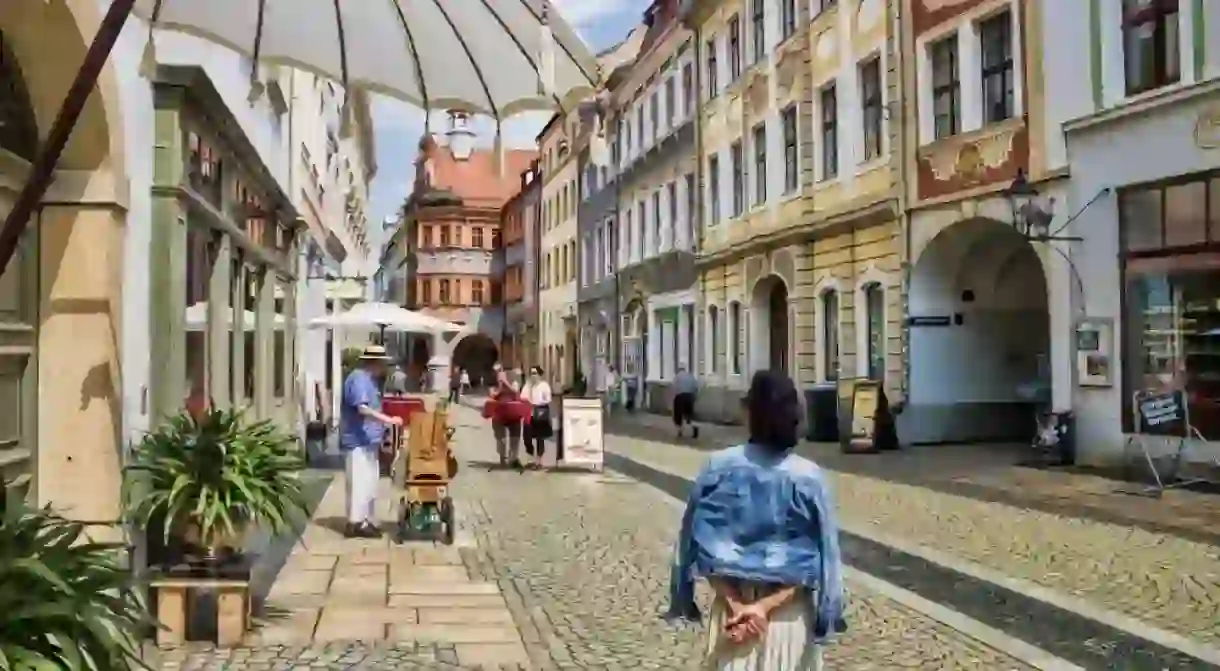The Most Beautiful Historic Towns and Villages to Visit in Saxony

Saxony has a wealth of attractions on offer. On the one hand, culturally rich cities like Dresden and Leipzig. On the other, historic cities like Bautzen and Görlitz where time has stood still for centuries. Then again, there is Pirna, the gateway to the verdant Saxon Switzerland National Park. Let’s take a look.
Dresden
Historical Landmark

Leipzig
Architectural Landmark

Meissen
Historical Landmark, Architectural Landmark

Görlitz
Architectural Landmark, Historical Landmark

Bautzen
Historical Landmark, Architectural Landmark

Often considered to be the most dramatic historic town in Saxony, Bautzen perches on a massive granite rock and gently slopes down to the bank of the River Spree. The skyline of Bautzen is graced by the soaring tower of still-active Alte Wasserkunst that was used to pump water from the river to the rest of the town, Ortenburg castle, the crooked Reichenturm tower and the Bautzen Cathedral. Don’t leave town before tasting Bautzen‘s famous mustard at the Bautzen Mustard Museum.
Freiburg
Natural Feature

Pirna
Historical Landmark, Architectural Landmark

Pirna is one of those rare places in the world that seem to be unaffected by time. Nothing much has changed in this town by the River Elbe, since the 18th century. Pirna is a very popular base to explore Saxon Switzerland National Park, though the town itself certainly warrants your attention too. Sonnenstein Fortress towers over the ancient Renaissance architecture of the old town of Pirna. The Late Gothic architecture of St.Mary’s Church and the Rathaus add palpable historic charm to the city skyline.
Torgau
Historical Landmark, Architectural Landmark

The beautiful city of Torgau served as the seat of the Electors of Saxony till the mid-16th century. The great Reformer Martin Luther spent a lot of time in this city, and also consecrated the first modern Protestant church in the world at Hartenfels Castle in 1544. Speaking of Hartenfels Castle, its magnificent spiraling staircase that has been standing for centuries without any support is a work of pure artistic genius. The fact that Soviet and US soldiers met on the bridge over the Elbe River in Torgau at the end of the Second World War considerably adds to the historic importance of the city.













